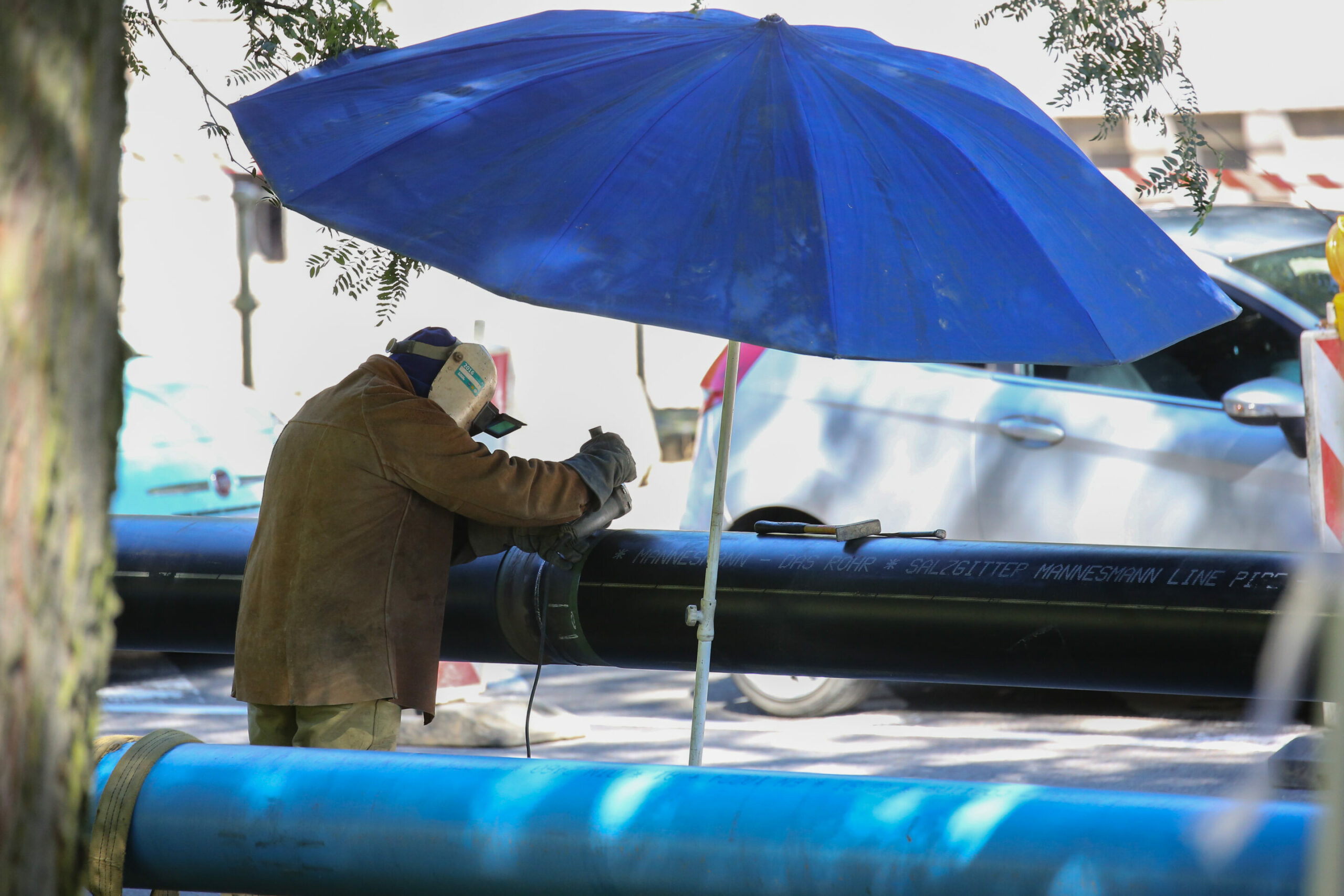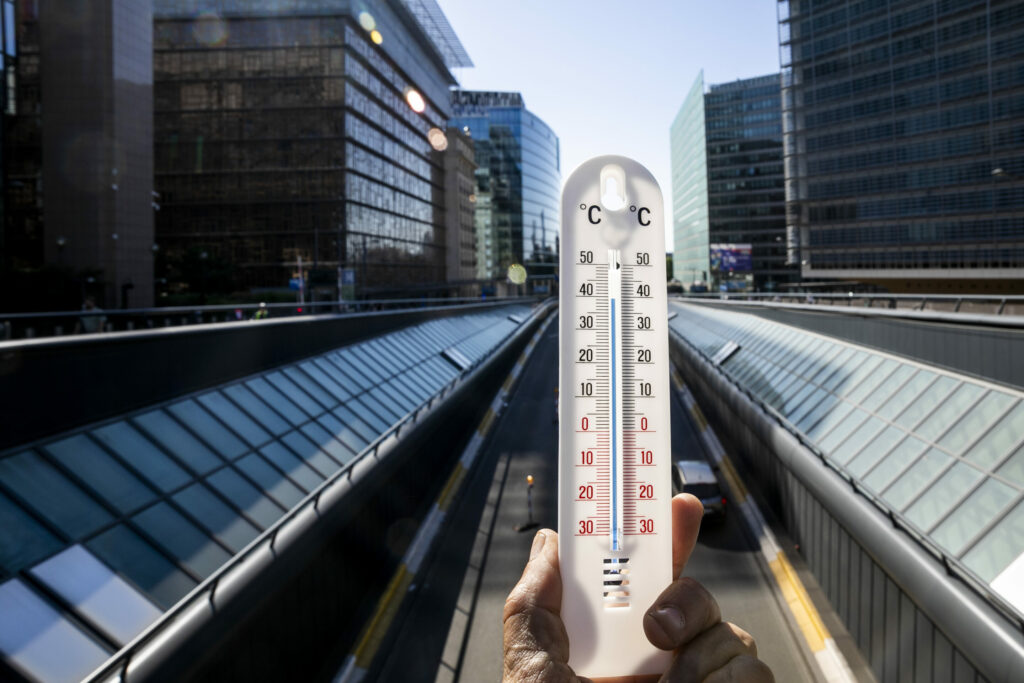As temperatures topped 34°C in Brussels on Monday, not everyone was lucky enough to be out of office and taking to the coast to cool off.
With climate change bringing a trend of record-breaking heat in recent years, working during heatwaves is likely to become increasingly common.
Dries Rutten, a legal expert with human resources company Acerta, notes that workplace temperature is something employers and employees are "more often confronted with due to global warming". He adds that it is now an "important potential hazard" when talking about worker wellbeing.
So are there any legal protections for employees in Belgium when temperatures spike? And what should employers be doing to help staff cope with heat?
Welfare laws on well-being at work
Belgium's current welfare law for workers dates back to 1996, and created the framework for a series of "implementing decrees" that have been issued since, including rules around how employers should take measures to reduce discomfort of their staff when certain temperatures are exceeded.
Employers are required to make a risk analysis of their business, and have an action plan of measures they can take to minimise or prevent staff exposure to extreme heat.

A worker pictured in Namur torch welding under very hot temperatures in 2016. Credit: Belga / Bruno Fahy
The welfare laws for high temperatures only kick in during "excessive environmental heat", which is set at a different temperature depending on what kind of work you perform.
Temperatures have to be measured using a wet bulb globe temperature (WBGT) thermometer, which measures air temperature as well as humidity, and usually reads between 5°C and 10°C lower than an ordinary thermometer.
For light physical workloads (such as secretarial work) the WBGT has to exceed 29°C, while for semi-heavy physical work (like seated manual labour) temperatures have to exceed 26°C.
Thresholds are lower for more intense physical work, set at 22°C for heavy physical work (such as standing manual labour) and 18°C for very heavy physical work (for example construction groundwork).
So what are employees entitled to during excessive heat?
"When maximum temperatures are exceeded, you [employers] must take measures based on a risk analysis to prevent or minimise exposure to heat and the resulting risks," Rutten said.
He said that measures can be "technical" to affect the ambient air temperature, humidity, and other physical working conditions, or to protect employees from direct sun radiation.
Other measures employers can take to reduce the risk of heat for employees include reducing physical workloads, opting for alternative working methods, and limiting the duration and intensity of exposure to heat.

Sun rises up on a modern office skyscraper in the EU quarter in Brussels, Monday 09 April 2001. Credit: Belga / Olivier Hoslet
The law also suggests measures like offering refreshing drinks to employees for free, providing protective equipment like shutters, sunshades or headgear, or adjusting work schedules.
The measures that an employer is obliged to take depend on each individual risk analysis, but Rutten emphasised that "as an employer, you do not have to wait until the action [heat] values are exceeded to take measures".
Adjusting work schedules
"On a hot day, it may be useful to organise work schedules differently. If your company already has a flexible working hours system, the employee can choose to start earlier before the hottest hours of the day," the expert continued. "Or perhaps the employee prefers to work in the office with cool air conditioning and starts later to avoid traffic. A longer lunch break to picnic outside and enjoy the nice weather is also possible."
He noted that if a company does not have a flexible working hours system, it is still possible to make a temporary change to the work schedule, if mutually agreed by an employer and employee through an addendum to the employment contract.

A worker pictured working under very hot temperatures on a site on the first day of a heatwave in Belgium, Tuesday 23 August 2016, in Namur. Credit: Belga / Bruno Fahy
If heat persists and the mitigation measures are not enough, employers can also decide to implement temporary unemployment. The human resources expert further noted that to do this there must be evidence that heat prevents staff from effectively performing the job, or raw materials or essential tools cannot be used due to the heat.
What about remote workers?
"The legal provisions on working in heat also apply to teleworkers," said Rutten. "Although you [employers] have little control over the working conditions at the employee's home, it is best to inform your teleworking employees about the risks of these high temperature."
Rutten also noted that employees can always contact Belgium's Committee for Prevention and Protection at Work, or an occupational physician, if they believe measures need to be taken to protect their welfare during extreme heat.

